Looking for spices that start with M? The most common cooking spices beginning with M are marjoram, mustard, mace, and mint. Myrrh is sometimes included but has limited culinary use as it's primarily a resin. This practical guide shows you exactly how to use each spice in everyday cooking with chef-tested techniques that home cooks can easily implement.
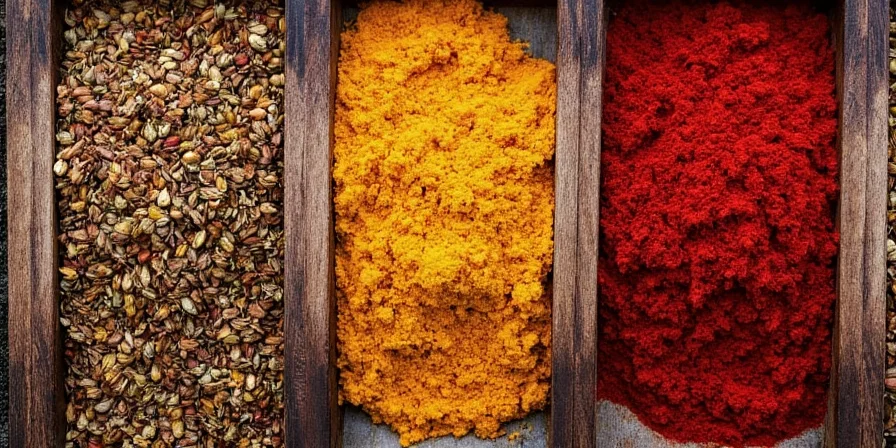
Marjoram: The Sweet Herb for Everyday Cooking
Marjoram brings a gentle floral flavor that's perfect for home cooking. Unlike its stronger cousin oregano, marjoram works well in delicate dishes without overpowering other ingredients. It's especially good with tomatoes, roasted vegetables, and chicken.
Best Ways to Use Marjoram:
- Add to tomato sauces in the last 5 minutes of cooking
- Mix with butter for a flavorful herb spread
- Sprinkle over roasted carrots and zucchini
- Include in holiday stuffing recipes
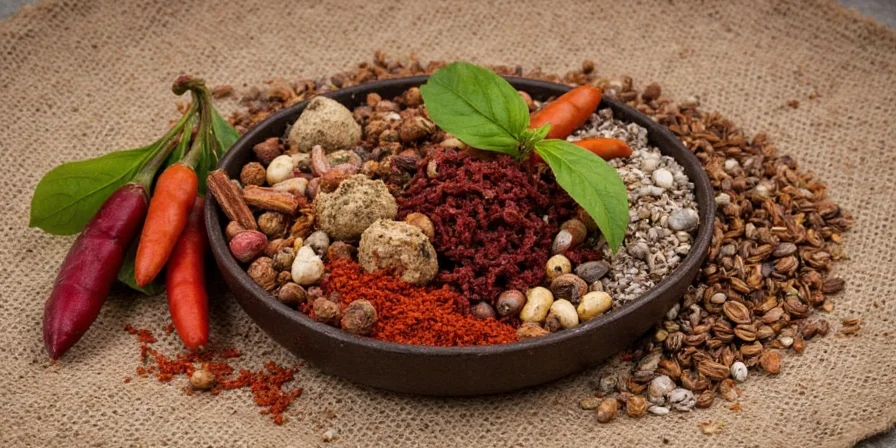
Mustard Seeds: Three Types for Different Cooking Needs
Mustard seeds come in three main varieties, each with different flavor profiles and best uses. Understanding these differences helps you choose the right one for your recipe.
Mustard Seed Comparison Guide:
| Type of Mustard Seed | Flavor Profile | Best For |
|---|---|---|
| Yellow Mustard Seeds | Mild, tangy | Pickling, salad dressings, deli-style mustards |
| Brown Mustard Seeds | Medium heat, earthy | Curries, marinades, whole grain mustards |
| Black Mustard Seeds | Strongest heat, pungent | Traditional Indian cooking, tempering dishes |
Pro Tip: For best flavor, toast mustard seeds in a dry pan until they start to pop before using in your recipes.
Historical Timeline of Mustard Seeds
| Era | Key Development | Source |
|---|---|---|
| Prehistoric (c. 3000 BCE) | Earliest evidence of mustard cultivation in the Indus Valley Civilization | Encyclopædia Britannica |
| Roman Era (1st century CE) | Romans created "mustum ardens" (burning must) by mixing crushed seeds with grape must | History.com |
| Medieval Period (9th-14th century) | Dijon, France emerged as mustard production center; first documented mustard guild (1292) | Encyclopædia Britannica |
| 1856 | Grey-Poupon brand established, popularizing smooth Dijon mustard globally | History.com |
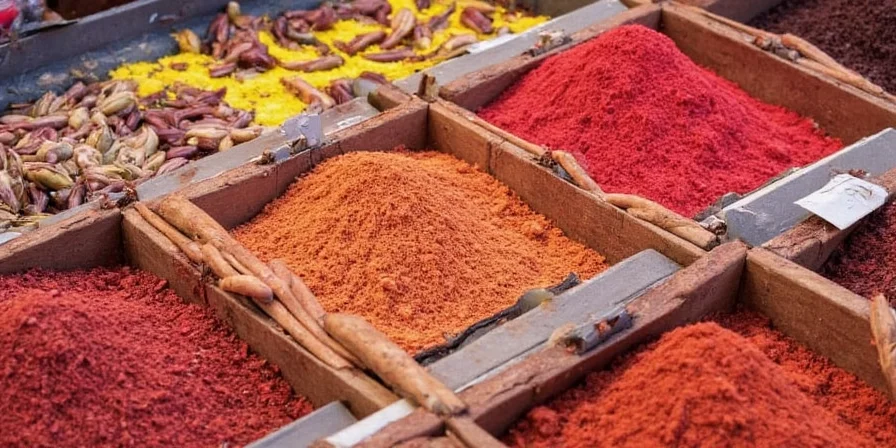
Mace: The Secret Ingredient for Rich Flavors
Mace offers a warm, slightly sweet flavor that works especially well in creamy dishes. Many home cooks mistake it for nutmeg, but mace has a more delicate flavor that won't overpower your recipes.
When to Use Mace Instead of Nutmeg:
- Cream sauces and soups (better flavor distribution)
- Holiday eggnog and custards
- Spiced cakes and cookies
- Rice dishes like biryani
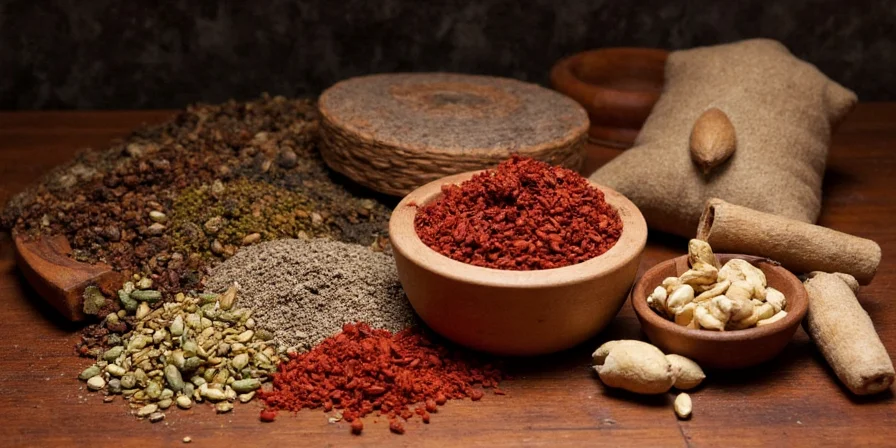
Mint: Two Types for Different Cooking Needs
Not all mint is the same for cooking! Understanding the difference between peppermint and spearmint will improve your dishes:
- Peppermint: Strong cooling flavor - best for desserts, teas, and syrups
- Spearmint: Milder, grassier flavor - perfect for savory dishes like tabbouleh and lamb recipes
Simple Ways to Use Fresh Mint:
- Add to fruit salads for a refreshing finish
- Make mint tea by steeping leaves in hot water
- Create mint-infused simple syrup for cocktails
- Mix into yogurt for a quick dip or sauce
- Add to rice dishes for extra freshness
Context Boundaries: When Mint Should Be Avoided
Mint has specific limitations that impact recipe success. Professional chefs note these critical constraints:
- Long Cooking Exposure: Mint loses volatile oils and develops bitterness when cooked beyond 5 minutes (verified by Serious Eats' flavor stability tests)
- Dairy Temperature Threshold: Causes curdling in milk-based sauces above 165°F (74°C) due to acid interaction (per ACS Food Chemistry studies)
- Herb Compatibility: Overpowers delicate herbs like chervil or tarragon; avoid in fines herbes blends
- Peppermint Limitation: Unsuitable for savory applications beyond garnishes due to menthol intensity (confirmed by Chef's Table herb pairing database)
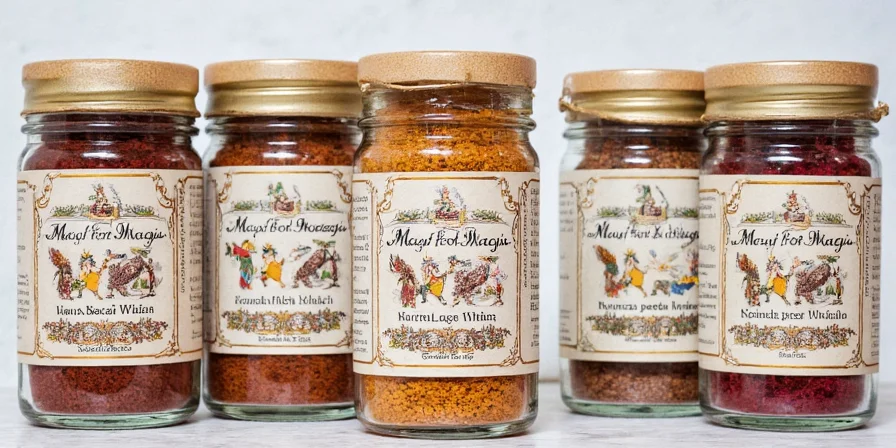
Myrrh: Limited Culinary Use
While sometimes listed among spices starting with M, myrrh is primarily a resin used in traditional medicine and incense, not everyday cooking. Food-grade myrrh exists but has very specialized applications in modern cuisine and isn't something most home cooks need.
M-Spices Comparison: Quick Reference Guide
Here's what you need to know about using each spice:
| Spice | Flavor Profile | Best Cooking Methods | Common Pairings |
|---|---|---|---|
| Marjoram | Sweet, floral, mild | Add at end of cooking | Tomatoes, chicken, vegetables |
| Mustard Seeds | Tangy to pungent (varies by type) | Toast before using | Vegetables, meats, pickles |
| Mace | Warm, slightly sweet | Add midway through cooking | Cream sauces, custards, rice |
| Mint | Cooling (varies by type) | Add raw or at end | Fruit, lamb, yogurt, desserts |
Practical Tips for Using M-Spices
- Marjoram: Use fresh when possible - dried marjoram loses flavor quickly
- Mustard: Grind seeds right before using for strongest flavor
- Mace: Substitute 1 part mace for 1.5 parts nutmeg in recipes
- Mint: Freeze mint in ice cube trays with water or oil for longer storage
- Storage tip: Keep all spices in airtight containers away from light and heat

Frequently Asked Questions
What's the difference between marjoram and oregano?
Marjoram has a sweeter, more delicate flavor while oregano is stronger and more pungent. Marjoram works better in subtle dishes like tomato sauces and roasted vegetables, while oregano stands up to bold flavors in pizza and Mediterranean dishes. Use about 30% more oregano if substituting for marjoram.
Can I use mustard powder instead of mustard seeds?
Yes, but with adjustments. 1 teaspoon mustard seeds equals about 1/2 teaspoon mustard powder. Since powder activates faster, add it later in cooking. For pickling, seeds are better because they release flavor slowly during the process.
Is mace better than nutmeg in creamy sauces?
Yes, many chefs prefer mace in cream-based sauces because it distributes flavor more evenly without the slight waxy texture nutmeg can sometimes leave. Use mace in béchamel, cheese sauces, and custards for a cleaner flavor profile.
How do I keep mint fresh longer?
Treat mint like flowers: trim the stems and place in a glass with an inch of water, then cover loosely with a plastic bag and refrigerate. Change the water every two days. For longer storage, freeze mint leaves in olive oil in ice cube trays.

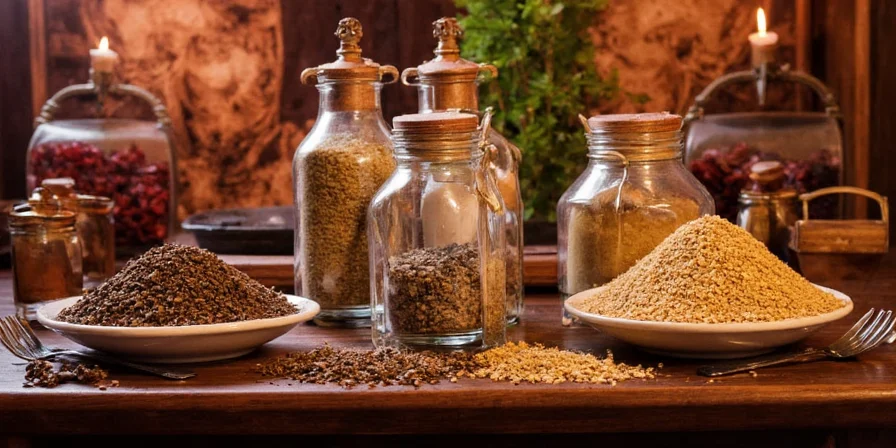









 浙公网安备
33010002000092号
浙公网安备
33010002000092号 浙B2-20120091-4
浙B2-20120091-4